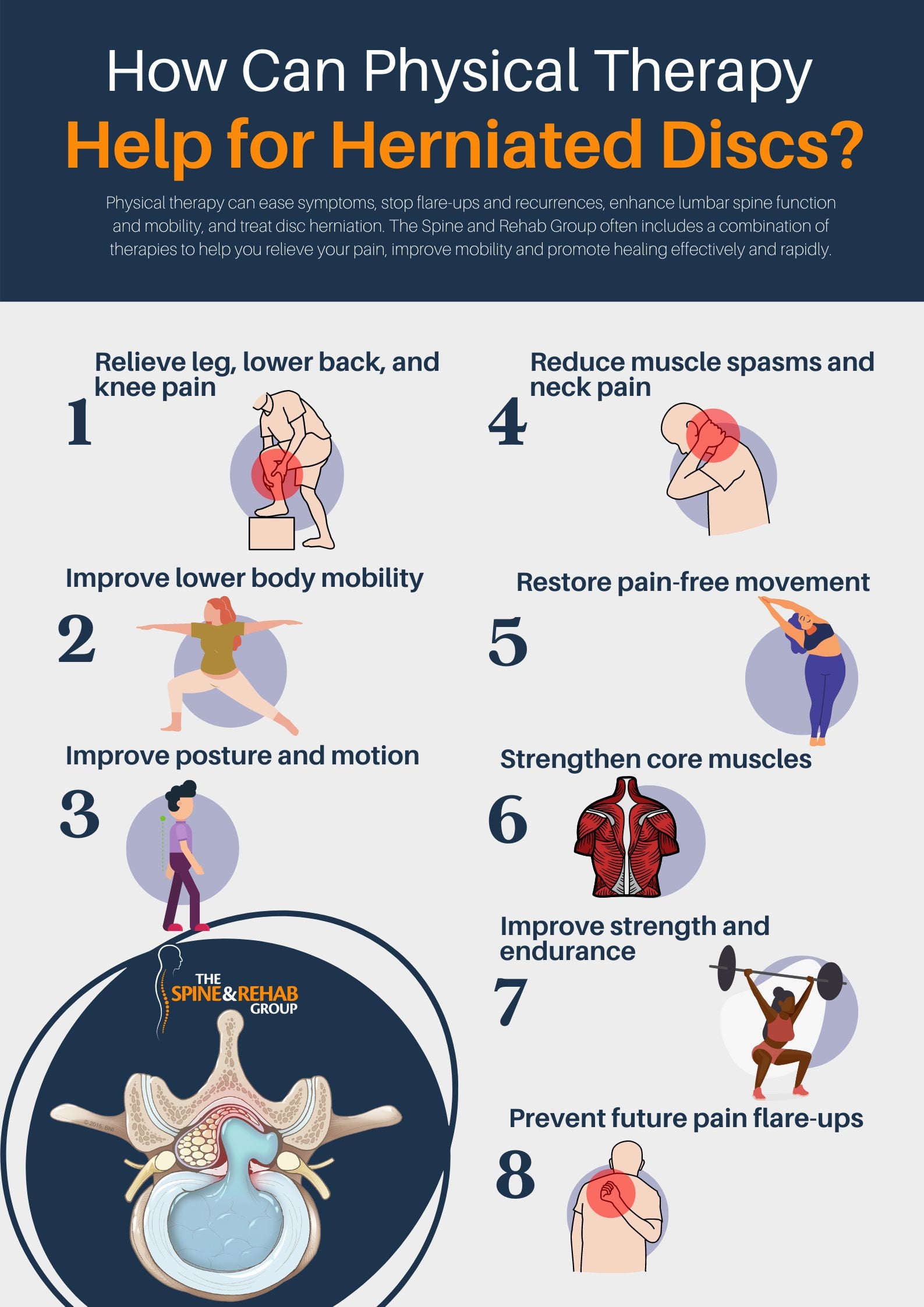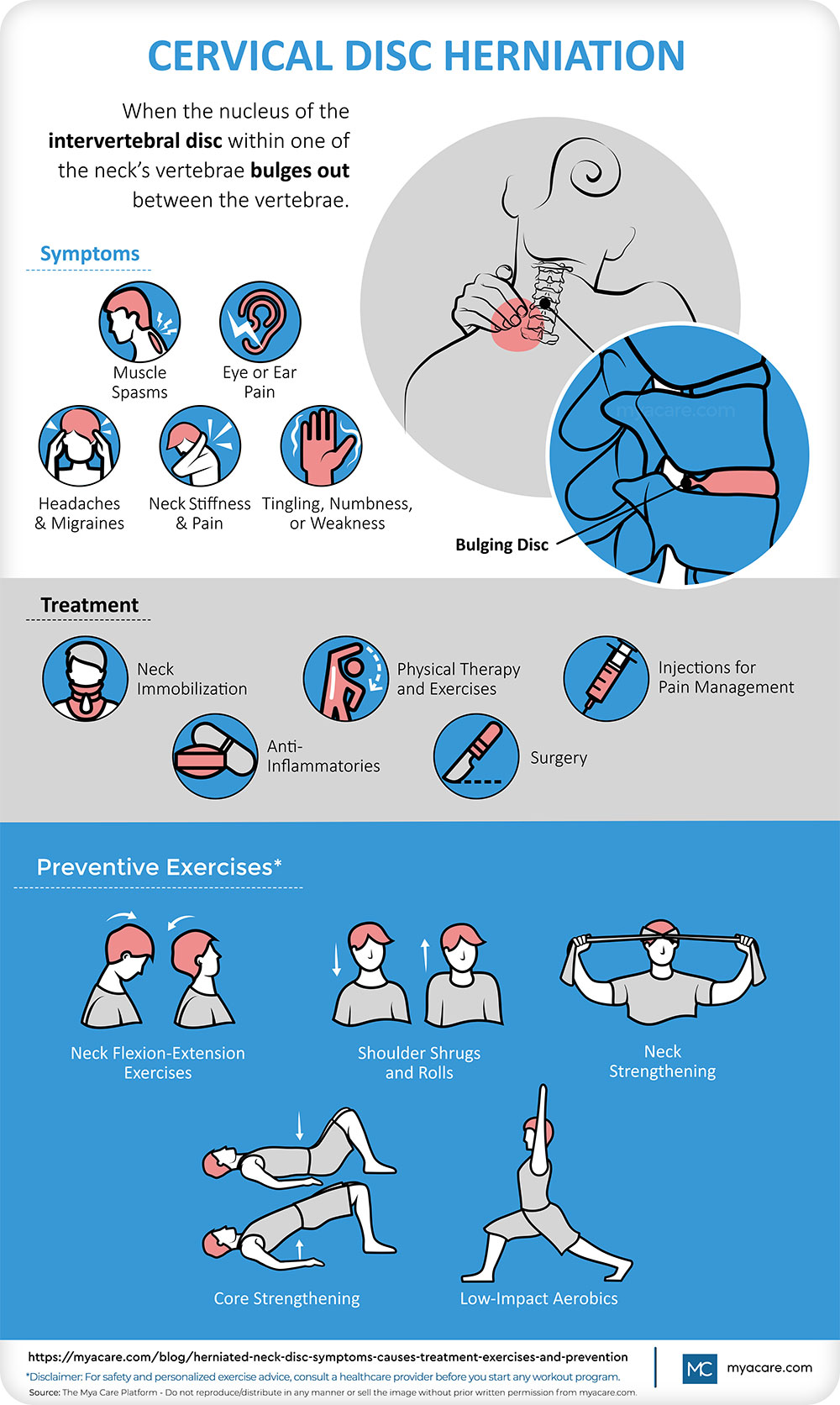Recent trends in cervical disc exercises highlight the significance of core stability and neck-specific exercises, which enhance endurance, strength, and mobility while preventing injuries, especially for weightlifters. Comprehensive physiotherapy approaches, incorporating diverse modalities such as Pilates, yoga, and electrotherapy, address pain and improve quality of life for individuals with cervical radiculopathy. Emphasizing proper posture and ergonomics is crucial for cervical spine health, while specific exercise combinations effectively improve pain scores and mobility in patients with mechanical neck pain and cervicogenic headaches.
Core Stability and Neck Exercises
thespineandrehabgrou...
Core stability exercises (CSE) have emerged as a crucial component in the management and prevention of herniated nucleus pulposus (HNP), particularly for individuals engaged in weightlifting and deadlifting. These exercises effectively improve the endurance, strength, mobility, and dynamic balance of core muscles, especially those supporting the spine
1
. By enhancing the stability of the trunk and neck, CSE can significantly reduce the risk of back injuries in athletes and weightlifters.For patients with cervical radiculopathy, a combination of neck-specific exercises and core stability training has shown promising results. These exercises focus on strengthening the deep cervical flexors, extensors, and the muscles supporting the scapula2
. Incorporating exercises that target the intrinsic hand muscles can also be beneficial, particularly for patients experiencing weakness due to nerve root compression at the C7-T1 level2
.Recent trends in cervical disc exercises emphasize the importance of a tailored approach, combining various techniques:- Isometric exercises: These help strengthen the neck muscles without putting excessive strain on the spine.
- Mobilization techniques: Gentle, controlled movements can improve cervical range of motion and reduce pain3.
- Proprioceptive neuromuscular facilitation (PNF): This advanced form of flexibility training can enhance neck mobility and stability4.
- Sensorimotor training: Exercises that challenge balance and coordination can improve overall neck function4.
- Progressive muscle relaxation: Techniques like Jacobson's progressive muscle relaxation can help reduce muscle tension in the neck and shoulders4.
3
. For instance, a combination of cervical spine mobilization, TENS, and suboccipital release has demonstrated significant improvements in pain reduction and increased cervical range of motion in patients with cervicogenic headaches5
.It's important to note that exercise programs should be individualized based on the patient's specific condition, pain levels, and functional limitations. Regular practice and proper form are essential for maximizing the benefits of these exercises and preventing further injury to the cervical spine1
2
.Comprehensive Physiotherapy Approaches
myacare.com
Comprehensive physiotherapy approaches for cervical disc herniation and related conditions encompass a wide range of techniques and modalities, tailored to address individual patient needs. These approaches often combine manual therapy, exercise prescription, and patient education to achieve optimal outcomes.Manual therapy techniques, such as cervical spine mobilization and manipulation, have shown significant benefits in reducing pain and improving function in patients with cervical radiculopathy
1
. These techniques can be complemented by soft tissue mobilization, including suboccipital release, which has demonstrated effectiveness in managing cervicogenic headaches2
.Exercise prescription forms a crucial component of comprehensive physiotherapy. Recent trends emphasize the importance of combining cervical-specific exercises with broader functional training. For instance, a program incorporating upper cervical spine mobilization with stabilization exercises has shown superior results in improving pain scores and cervical range of motion compared to mobilization alone3
.Electrotherapeutic modalities continue to play a role in comprehensive approaches. Transcutaneous Electrical Nerve Stimulation (TENS) and Interferential Current (IFT) are often used in conjunction with manual therapy and exercise to manage pain and promote healing4
. However, the effectiveness of these modalities should be evaluated on a case-by-case basis.Patient education is increasingly recognized as a critical element of comprehensive physiotherapy. This includes guidance on ergonomics, correct posture, and home exercises5
. Educating patients on the biomechanics of the cervical spine and the importance of maintaining a neutral head position can help prevent recurrence and promote long-term spine health6
.Innovative approaches, such as sling-based manual therapy combined with stabilization exercises, are emerging as effective interventions for improving cervical alignment and mobility, particularly in individuals with forward head posture7
. These techniques provide a controlled environment for closed kinetic chain exercises, potentially offering advantages over traditional open chain exercises.For patients with chronic neck pain, addressing respiratory dysfunction has gained attention. Manual therapy techniques applied to both the cervical spine and diaphragm, combined with breathing reeducation exercises, show promise in addressing both musculoskeletal and respiratory-related outcomes8
.It's important to note that the most effective physiotherapy approach often involves a multimodal strategy, tailored to the individual patient's needs, symptoms, and functional goals. Regular reassessment and adjustment of the treatment plan are essential to ensure optimal outcomes and patient satisfaction.Importance of Proper Posture
Proper posture plays a crucial role in maintaining cervical spine health and preventing complications associated with herniated cervical discs. Maintaining correct posture helps distribute forces evenly across the spine, reducing stress on individual vertebrae and intervertebral discs
1
.For individuals with cervical disc issues, adopting and maintaining proper posture is particularly important. Poor posture, especially forward head posture, can exacerbate symptoms and impede recovery. Forward head posture increases the load on the cervical spine, potentially leading to accelerated disc degeneration and increased pain2
.To promote proper posture:- Ergonomic workstations: Ensure computer screens are at eye level and keyboards are positioned to allow neutral wrist alignment1.
- Regular posture checks: Encourage patients to perform frequent self-assessments throughout the day, focusing on aligning the ears with the shoulders and keeping the chin tucked slightly3.
- Posture-specific exercises: Incorporate exercises that strengthen postural muscles, such as chin tucks, shoulder blade squeezes, and thoracic extension exercises4.
- Awareness during daily activities: Educate patients on maintaining proper posture during activities like reading, using smartphones, or watching television1.
- Sleep posture: Recommend supportive pillows and mattresses to maintain proper cervical alignment during sleep3.
1
.Moreover, addressing postural issues can enhance the effectiveness of other treatments for cervical disc herniation. Proper posture facilitates better outcomes from manual therapy techniques and exercises by ensuring correct alignment and reducing unnecessary strain on the cervical spine5
.It's important to note that while maintaining proper posture is beneficial, it should be part of a comprehensive treatment approach that includes targeted exercises, manual therapy, and lifestyle modifications tailored to each patient's specific needs6
.Best Exercises for Cervical Health
Effective exercises for improving cervical spine health include a combination of mobilization, stabilization, and manual therapy techniques. Upper thoracic spine mobilization with mobility exercises and upper cervical spine mobilization with stabilization exercises have shown significant improvements in pain scores and cervical range of motion for patients with mechanical neck pain
1
. Combining thoracic spine thrust manipulation with cervical spine nonthrust manipulation provides additional benefits beyond cervical nonthrust manipulation alone2
. For managing cervicogenic headaches, a combination of cervical spine mobilization, transcutaneous electrical stimulation (TENS), and suboccipital release has proven effective in reducing pain intensity and improving cervical mobility3
.Jae-Koo Lee MD
Seoul National University Bundang Hospital
Department of Neurosurgery, Spine Center
분당서울대학교병원 신경외과 이재구



Comments
Post a Comment